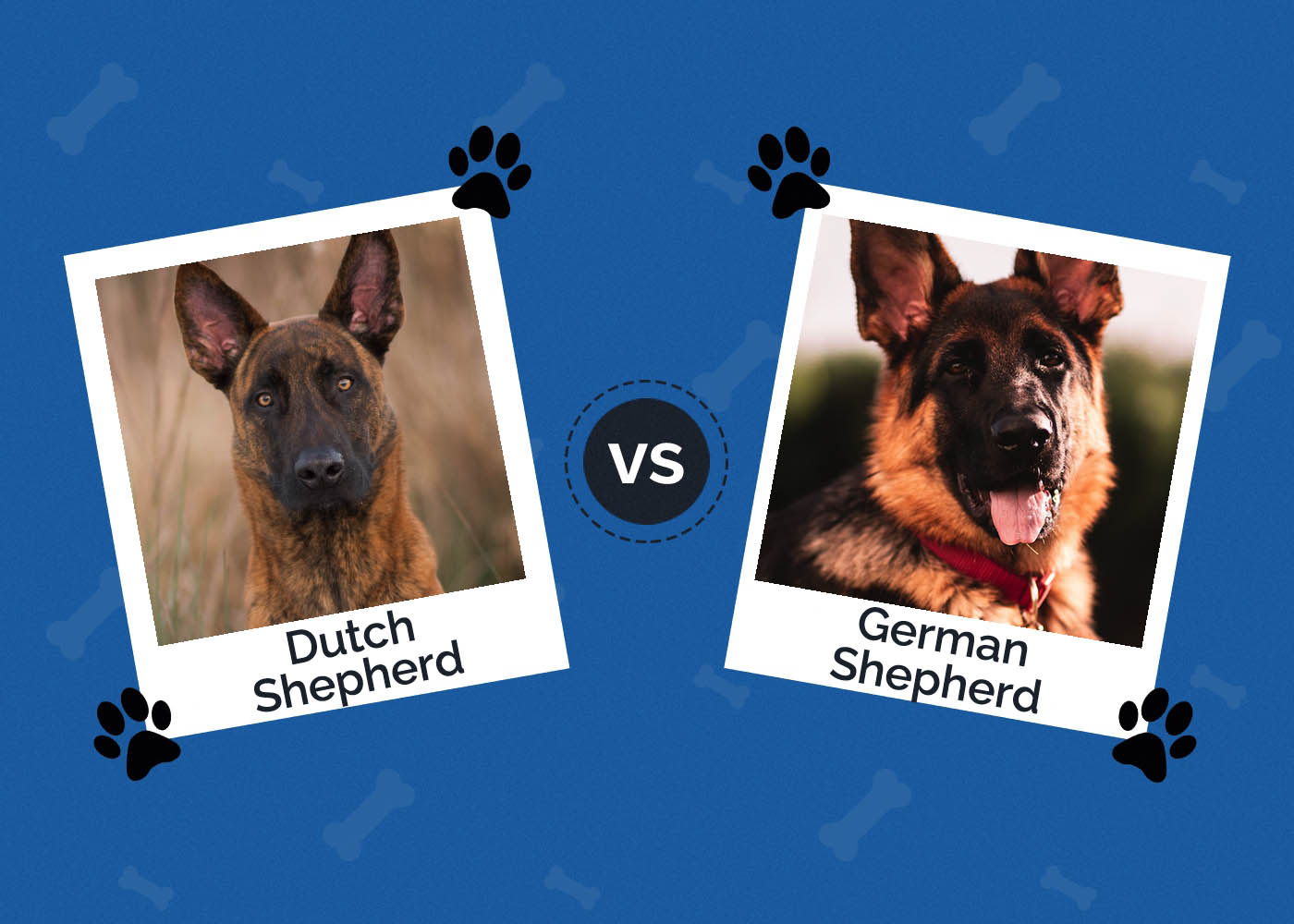Can Dogs Get Lice From Humans? 9 Vet-Reviewed Signs of Infection in a Dog
By Grant Piper
Updated on

Getting lice is one of those things that periodically happens to people. Lice are annoying and embarrassing while also being gross and itchy. One question that comes up a lot when someone finds the parasites is whether or not they can spread from people to dogs. Millions of people own dogs, and millions of people each year get lice. The last thing you want to do is accidentally spread lice to your favorite pets.
Thankfully, lice cannot spread from humans to dogs, and they can’t spread from dogs to humans. That is because lice are species specific and, for example, the common head lice that infects us humans, cannot feed off your dog. Here is everything you need to know about lice and the relationship between them, people, and dogs.
You do not have to worry about accidentally giving your dog lice. That is because lice are very specific in what species they are able to live on. Lice are parasites, but they are very specific parasites. That means that human lice can only live and feed on humans. They cannot survive on your dog. Even if you see human lice on your dog, most likely, the lice will not survive. Any lice that end up in your dog’s fur will quickly die and fall off.
Similarly, you cannot get lice from your dog. Dog lice have evolved to live on dogs and only dogs. You shouldn’t have to worry about catching lice from your furry friend, but that doesn’t mean that you shouldn’t try to get rid of them as soon as possible.
Nearly every type of louse is species-specific. That means that each type of lice has adapted to survive on a specific species of mammal. Not only can dogs and people not share lice, but very few mammals can share any species of lice at all. That means that cats and dogs can’t share lice, people and cats can’t share lice, and so on.

Human Lice Species
The most common species of lice that infect humans is Pediculus humanus capitis. This is the common head louse. There are two additional species of lice that can affect people. There is the Pediculus humanus corporis which is known as the body louse or clothes louse. This species clings to people’s bodies. The last species of human lice is Pthirus pubis or pubic louse.
None of these species are able to survive on your dog.
Dog Lice Species
Dogs can suffer from three types of lice. Linognathus setosus (a sucking louse), Trichodectes canis, and Heterodoxus spiniger (both chewing lice). Lice commonly spreads from dog to dog via infected grooming tools. Lice have no wings and do not jump, but they crawl or run. Dogs can also accidentally spread lice between themselves during play sessions or if they share close quarters.
Lice that fall off a dog will only live for one or two days without their host. However, lice eggs can survive for around a week at a time, making it extremely difficult to eliminate lice without treatment.
Many flea and tick preventatives also prevent lice infestations. Lice are most commonly seen on animals that are very young, old, or unwell or also those that are stray or kept in dirty conditions.

Signs of Dog Lice
Even if you cannot spread lice from your head to your dog’s coat, that doesn’t mean that your dog does not have lice. If you suspect that your dog has lice, there are some signs you can look for to determine if you are dealing with an infestation.
- Scratching and itchiness
- Dull matted coat
- The appearance of small skin sores that can become infected
- The presence of small visible lice or nits attached to hairs
- Restlessness
You can use a fine-toothed comb to separate the hair of your dog’s coat to reveal lice or nits. If you find lice on your dog, you should take them to the veterinarian for treatment. It can be difficult to treat a lice infestation without the right advice from your vet.
If your dog has lice, you should not take them to the groomer, and you should quarantine them from other dogs to prevent the infestation from spreading.
Conclusion
Lice are annoying pests that can infect both people and dogs. Luckily, you cannot give your dog lice even if you are dealing with an outbreak of your own. Similarly, dogs cannot give you lice if they pick them up somewhere. Lice are species-specific which prevents them from spreading from various different types of animals, which is ultimately good for everyone. The fewer opportunities for lice to spread, the better.
Featured Image Credit: ElvisClooth, Pixabay












